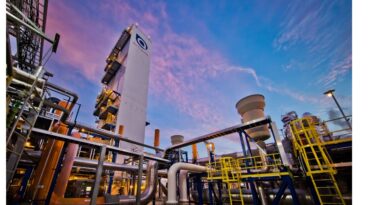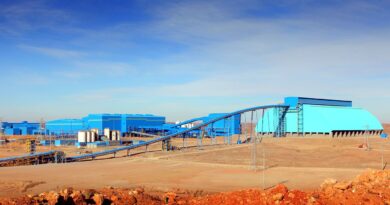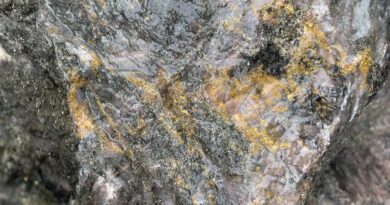Barrick delivers another strong quarter production
TORONTO – Capturing the benefit of higher gold prices through agile management and operational efficiency, Barrick Gold Corporation increased its operating cash flow by 80% quarter-on-quarter to $1.9 billion and free cash flow by 151% to $1.3 billion in the third quarter of 2020 — a record level of quarterly free cash flow for the company.
Net earnings per share was 50 cents, while adjusted net earnings per share was 78% higher than the prior quarter at 41 cents. Debt net of cash was reduced by a further 71% to $417 million, compared to $1.4 billion in the prior quarter, and the quarterly dividend was increased again, the third time in the past year, rising by 12.5% to 9 cents per share.
President and chief executive Mark Bristow said that two quarters into the Covid-19 pandemic, it was clear how effectively Barrick had been dealing with the impact of the virus on its business, its people and its communities.
“As today’s results show, in the face of unprecedented challenges we have succeeded in beating our earnings consensus, reinforcing our 10-year plan and capitalizing on the gold price to maintain an industry-leading balance sheet. Our year-to-date gold production of 3.6 million ounces keeps Barrick on track to achieve our guidance of between 4.6 and 5.0 million ounces for the year,” he said.
Of the group’s capital projects for the assets we operate, only Veladero’s cross-Andean powerline and phase 6 expansion were stalled as a result of Argentina’s Covid-19 response and further complicated by the onset of winter, with these projects now restarted.
The construction of the third shaft at Turquoise Ridge, the twin declines at Goldrush and the underground mine at Gounkoto, as well as Hemlo’s transition to contractor underground mining, the process plant and tailings expansion plan at Pueblo Viejo, the commissioning of the group’s first solar power plant at Loulo and the resumption of underground mining at Bulyanhulu were not interrupted.
In October, Twiga Minerals Corporation, the ground-breaking joint venture between Barrick and the government of Tanzania, paid a maiden dividend of $250 million. Bristow said the revived Tanzanian mines, North Mara and Bulyanhulu in combination, had the potential to become Barrick’s seventh Tier One asset.
A Tier One mine is defined as one that can produce more than 500,000 ounces of gold annually for at least 10 years in the lower half of the industry’s cost curve.
Subsequent to the third quarter, Barrick and the government of Papua New Guinea announced that they had agreed in principle on the formation of a new partnership to operate the Porgera mine that is currently on care and maintenance.
Under the conceptual agreement, which is still to be finalized, Barrick Niugini Limited will remain the operator, the government will acquire a major share of the equity, and the two sides will agree on an equitable sharing of economic benefits.
Bristow said Barrick’s restructuring and portfolio rationalization had made it a more streamlined business with a much improved exploration strategy, particularly in its Latin American region, which should uncover new business opportunities. In the meantime, exploration around its Tier One assets continued to deliver organic growth and the company was expecting to grow mineral resources at most of its key assets.
“Barrick’s consistently strong performance since the merger has more than validated our belief that a combination of the best assets with the best people would deliver the best returns. It also shows that a business flourishes when it is driven by a clear strategy and not by the whims of the market,” Bristow said.




